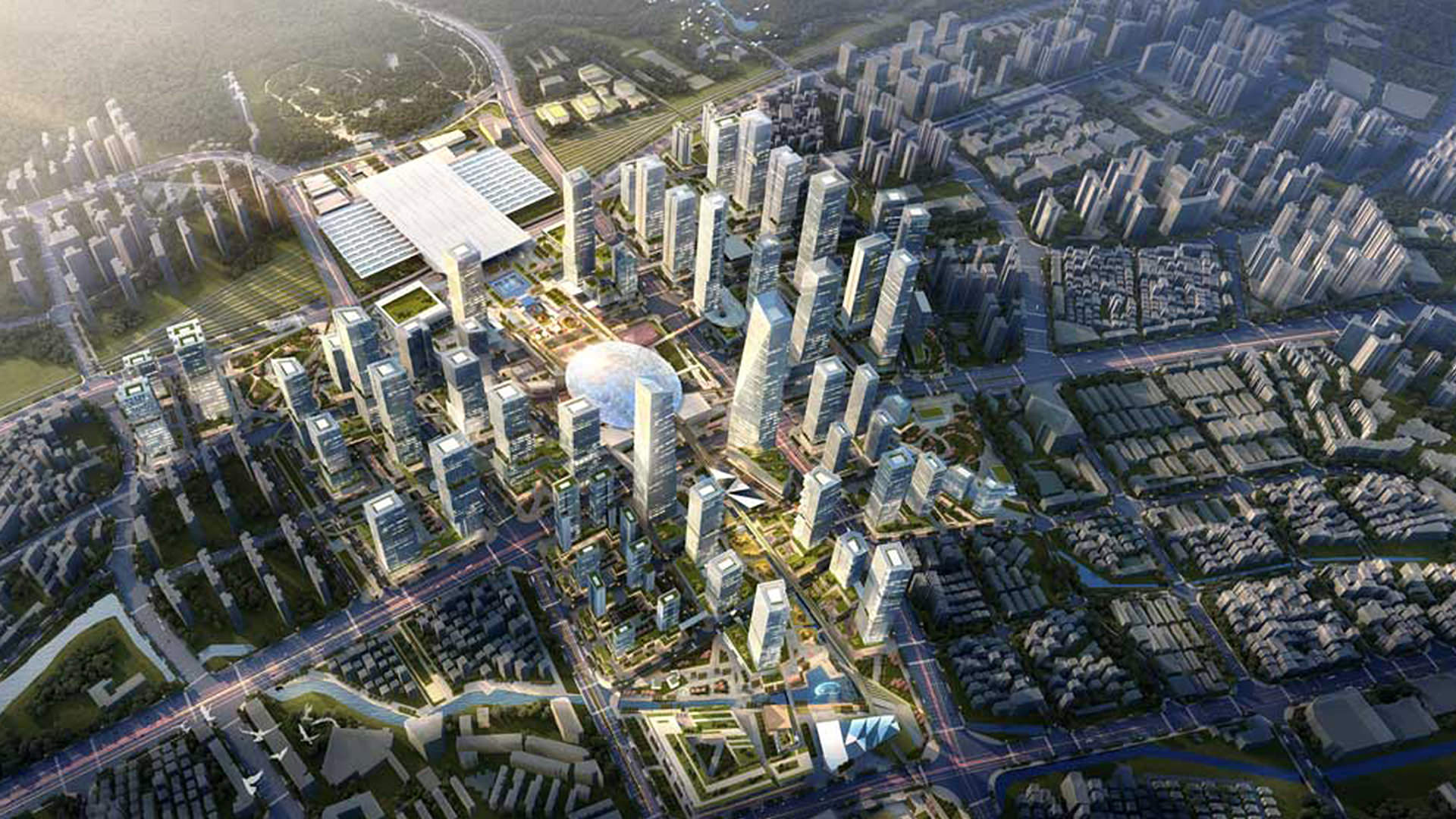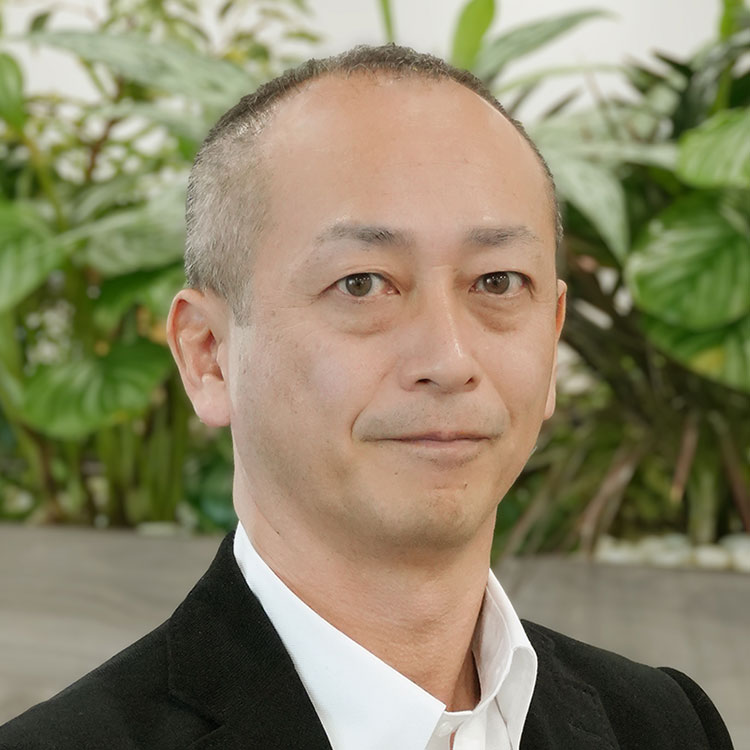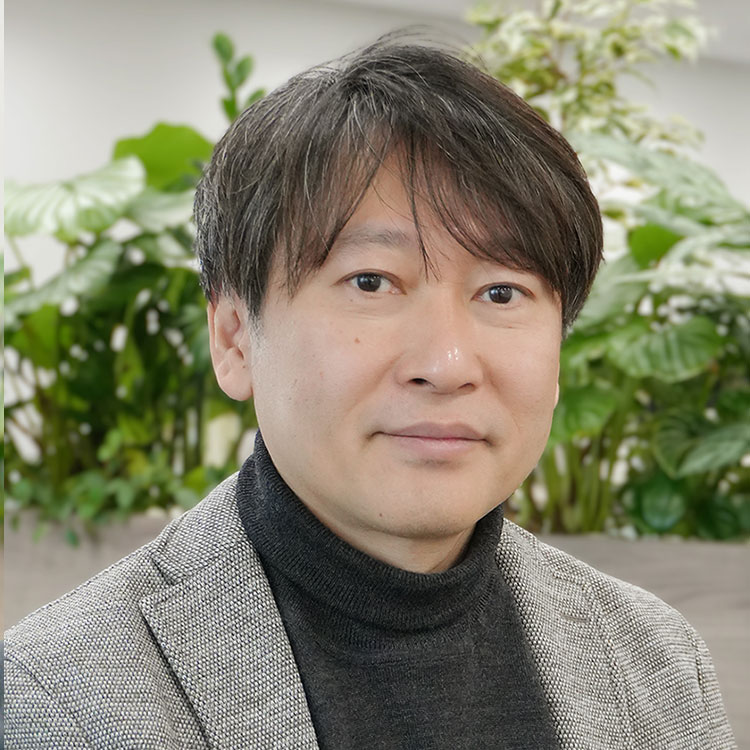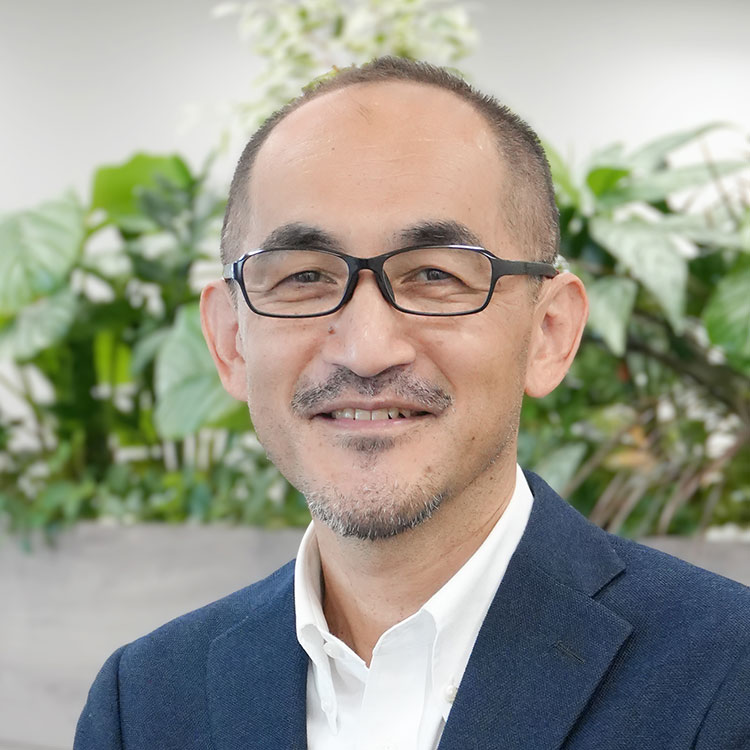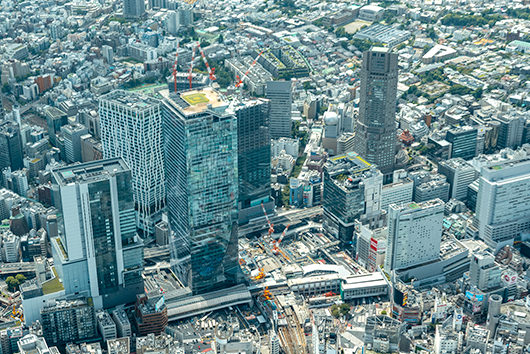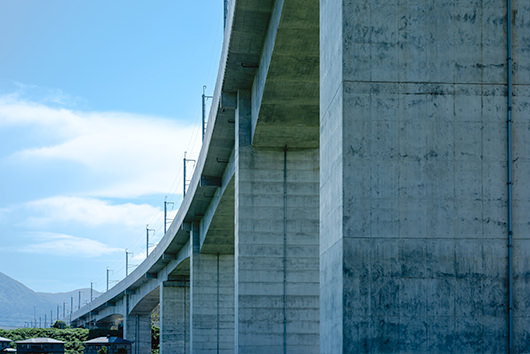TOD was first proposed in the United States in the early 1990s. Over 30 years have passed since then, and various TOD initiatives have been undertaken not only in Japan but also around the world, further developing the original concept and adding new elements, with great results and new possibilities becoming apparent. Yasuo KANNAMI, Vice President of Global Company and General Manager of the International Project Management Dept. who engaged in both domestic and internal TOD projects in PACIFIC CONSULTANTS, Masaya NAKANO, General Manager of the Urban and Transportation Sec. of the International Smart Planning Dept. of Global Company, and Hidetoshi TAMAOKA, Chief Project Manager, talk about the present and future of TOD as seen through their initiatives.
INDEX
- What is TOD?
- Japan was a pioneer in TOD
- TOD is advancing overseas
- Improving the appeal of public transportation is also a theme
- Promoting a new TOD in Japan
- PACIFIC CONSULTANTS' TOD Initiatives
What is TOD?
TOD (Transit Oriented Development) was first proposed by American urban planner, Peter Calthorpe. Calthorpe defined TOD as "a complex community developed within an average walking distance of about 600 meters around a public transportation station (to be newly established in the suburbs)" and "a complex of homes, shops, offices, open spaces, and public facilities arranged within walking distance so that it is convenient for residents and workers to use any mode of transportation, whether public transportation, bicycles, walking, or cars."* He proposed a new style of urban development that changed the previous reliance on automobiles and concentration in megacities, and combined the development of public transportation with compact urban development based on a human scale.
Since then, TOD has come to be understood in a broader sense to include the promotion of public transportation use, such as the emphasis on protecting the global environment by restricting automobile use, the redevelopment of areas around stations in city centers rather than in the suburbs, large-scale renovation of aging stations, and efforts to create excitement and increase revenue through in-station development, as well as the associated improvement of accessibility from public transportation hubs and convenience of transfers, and commercial activities targeting these passengers.
The use of public transportation not only reduces CO2 emissions, but also contributes greatly to the creation of compact, easy-to-live-in towns and the promotion of health through walking and cycling, and plays a major role in solving various social issues currently facing the world. Urban development and development along railway lines centered on stations has become more important than it was 30 years ago when it was first proposed, and there is a demand for a more free and creative approach to TOD that suits the actual conditions of the region and country, rather than being limited to one fixed form.
Japan was a pioneer in TOD
The method of laying new railway lines from the city center to the suburbs and developing commercial and residential areas together with the stations was originally a traditional urban development technique that Japanese private railway companies excelled at. It is currently used in the development of areas along the Hankyu and Tokyu lines. In addition to real estate development centered on each station along the line, they established large-scale commercial facilities such as department stores affiliated with the railway company at the starting point of the railway, and amusement parks and sports facilities near the end of the suburban stations, and this business model was very successful in increasing railway passenger numbers while also generating revenue from non-railroad activities.
Japan has a small land area and a dense population on limited flat land, so it is difficult to build wide roads and the travel distances between cities are relatively short, so railways have developed as an efficient way to transport people. Urban development has progressed in tandem with railways. Japan has been working on TOD long before the term was coined. Japan was a pioneer in TOD.
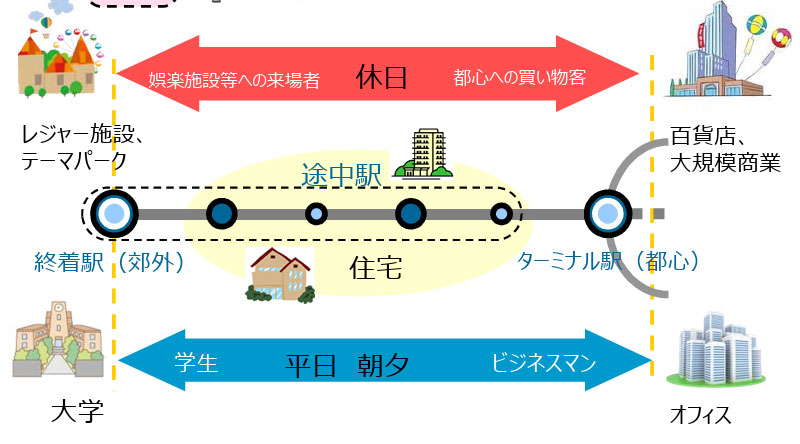
TOD is advancing overseas
TOD has been around in Japan for over 100 years, but it is now a hot topic around the world. For example, in Paris, France, efforts are being made to create an environment that encourages people to move from cars to bicycles and on foot, as part of urban development aimed at making the city more livable and reducing carbon emissions.
Paris has long faced problems such as air pollution, noise, and traffic congestion. To address these issues, especially since 2014, the city has been actively implementing policies to reduce the use of private cars in urban areas, expand pedestrian spaces, and promote the use of bicycles.
Furthermore, in central cities of developing countries such as Southeast Asia, India, the Middle East, and South America, automobile traffic volume has increased sharply along with economic growth, causing chronic congestion, making TOD an essential solution to alleviate this problem.
Japan has been providing various forms of support for the promotion of these projects, but the "Japanese model" cannot be simply adopted. Overseas (especially in Southeast Asia), railways are often developed under the leadership of the government (public), and integrated development of areas in front of and around stations through public-private partnerships is rarely carried out smoothly. Moreover, the land around stations is owned by many small landowners, so there are a large number of stakeholders involved in the development, and discussions are not always smooth. Therefore, Japan has been providing advice on organizational development methods and legal systems, which are essential for coordinating between the many stakeholders, and the results have been seen in each country.
Brazil is also moving forward with the introduction of BRT. BRT stands for Bus Rapid Transit, and refers to a high-speed transportation system that uses buses. Since they run on dedicated lanes, there is no need to worry about getting caught in traffic jams, and since they are connected in two or three cars, they can carry a large amount of traffic. Since they run on existing roads, there is no need to lay new tracks. Since this allows the development of public transportation networks to be carried out without incurring a large financial burden, it is important to incorporate the idea of TOD into BRT, which is a form of public transportation.
Improving the appeal of public transportation is also a theme
If urban development integrated with railways is the core of TOD, then in a broader sense, TOD also includes the development of stations themselves, such as setting up commercial facilities in stations to make more effective use of existing public transportation, increasing profitability, and reorganizing traffic lines to make it easier to use secondary transportation from the station to your next destination and making transfers more convenient.The installation of pedestrian decks, the development of roundabouts in front of stations, and the expansion of commercial facilities within stations have been tackled both in Japan and overseas.
However, a unique approach was necessary in developing countries overseas. Even if railways were open, there were many cases where they were unpopular and underused, with dirty stations, platforms, and carriages, most of the passengers being poor, and high crime rates. Making people feel close to the railway and fostering a desire to use it is one of the major factors for the success of TOD, so while improving the comfort of railways as a hard aspect, TOD support has also been provided in terms of the preparation of soft aspects and educational activities to encourage railway use.
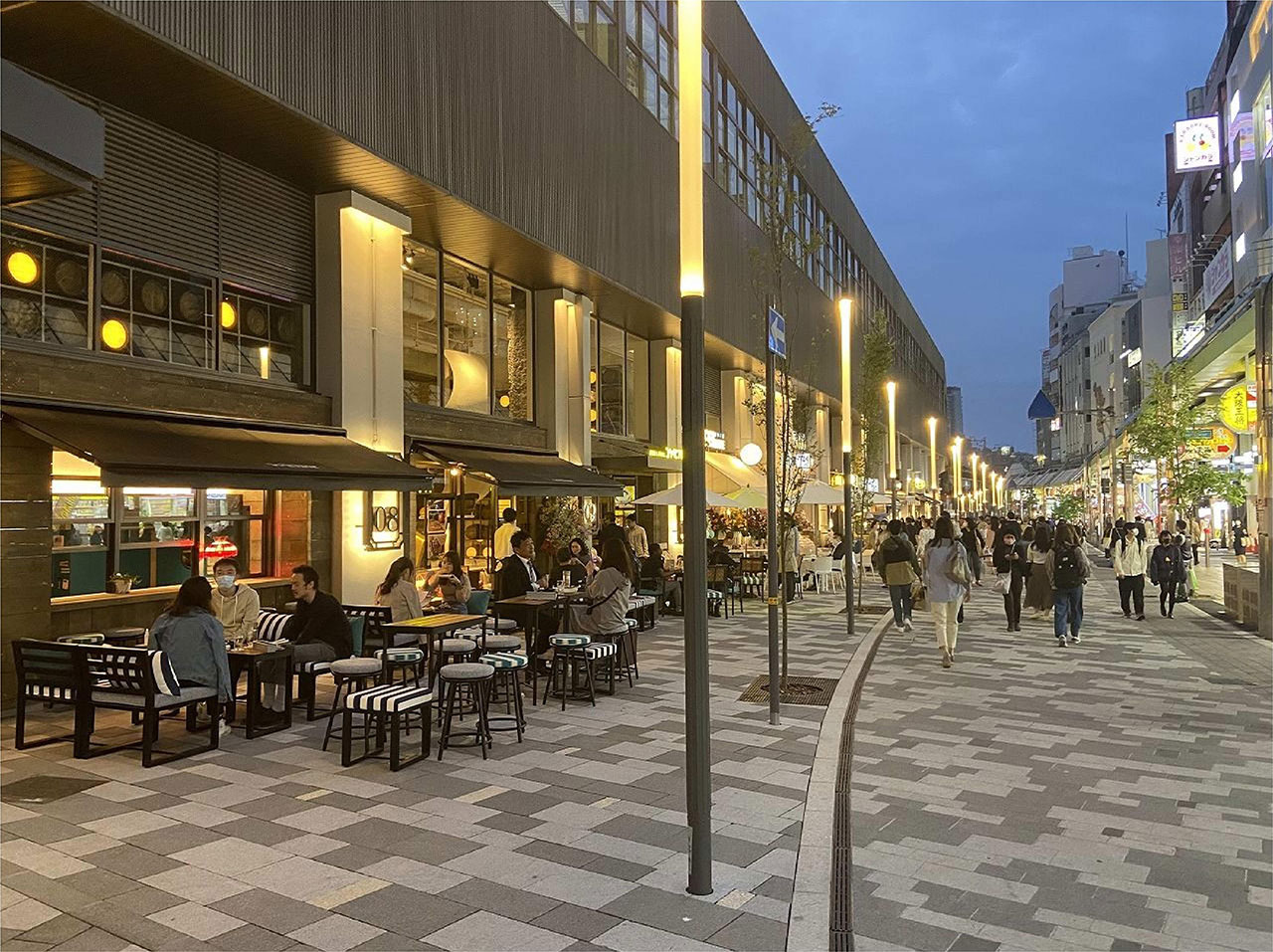
The company has won multiple awards, including the Japan Society of Civil Engineers - Design Award 2023 - Excellence Award and the Good Design Award 2022.
Promoting a new TOD in Japan
TOD is not only being implemented in developing countries, but also in Japan, which is said to be a pioneer in TOD, new initiatives are being launched. One of these initiatives is focused on urban areas.
As a result of TOD, huge terminal stations such as Shibuya, Shinjuku, and Ikebukuro were born in Tokyo, and Umeda in Osaka. However, the subsequent construction of new railway lines, including subways, and commercial facilities led to the stations becoming larger, making transfer routes more complicated and making the stations less user-friendly, with insufficient plaza space compared to the number of users. Furthermore, measures to prevent deterioration are also essential.
As a result, a so-called second wave of TOD is underway in Shibuya, Shinagawa, Shinjuku, Umeda, and other areas, with the redevelopment of dispersed stations, improvements to transfer routes, the establishment of bus and taxi stands, and the development of station plazas that are spacious and functional.
New TOD initiatives are also starting in regional cities. In 2014, the national government launched the "Compact Plus Network" initiative. This initiative aims to "maintain the vitality of the region, secure life functions such as medical care, welfare, and commerce, and promote compact town development in cooperation with regional public transportation so that the elderly can live in peace of mind." It aims to promote town development that can be moved around by public transportation by linking "location optimization plans" and "regional public transportation plans" created by municipalities. While closely linking urban planning and transportation, each regional city is currently considering concrete measures to realize this.
PACIFIC CONSULTANTS' TOD Initiatives
TOD cannot be promoted by railway experts alone, nor can it be promoted by architectural experts alone or urban development experts alone. It is necessary to form a team of experts from different fields and promote it through close communication.
PACIFIC CONSULTANTS has in-house experts in all fields related to social infrastructure development, and is constantly exchanging technology and information as it works on its projects. TOD is one of its specialties. In fact, Shibuya TOD, which began with the decision to operate mutual direct services between the Tokyu Toyoko Line and the Fukutoshin Subway Line, has supported the planning and implementation of a "once in a century" major renovation plan that simultaneously involves moving the Shibuya Station on the Ginza Subway Line and the JR Line, changing the alignment of the Shibuya River, improving urban infrastructure, and large-scale redevelopment projects divided into five blocks, with Integrated Project Dept. at the forefront, and various departments within the company, including Railway Dept., Architecture Dept., and Water Course Engineering & Water Resources Dept., working together from start to finish.
In addition, for the Shinagawa Station West Exit TOD, we are involved in infrastructure and facility development projects that integrate the national highway, station, and town, such as widening the national highway, expanding the station plaza, developing a deck and traffic plaza above the national highway, and redeveloping Takanawa 3-Chome. Structural Dept., Railway Dept., and Architecture Dept., as well as Project Management Dept. are responsible for considering development policies and carrying out detailed designs, and we also supervise the entire project on behalf of the national government.
Shinjuku Station TOD involves the comprehensive reorganization of the station, station plaza, and station building, as well as the reconstruction of the pedestrian network at Shinjuku Station, which boasts the world's highest passenger numbers (3.55 million people per day), with eight projects underway aimed at completion in 2035. For this project as well, PACIFIC CONSULTANTS is at the core of collaboration across multiple fields, including urban planning and town development, transportation planning, urban infrastructure, railways, architecture, landscape design, and the environment and energy, and is also in charge of management for overall optimization, acting as an intermediary between the national and local governments and private developers and railway operators.
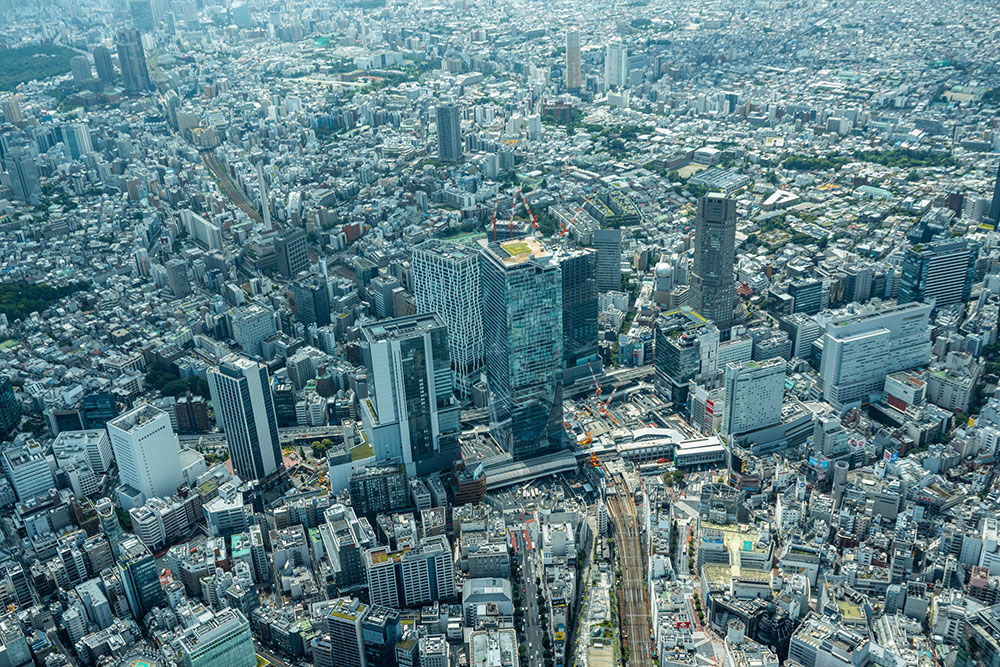
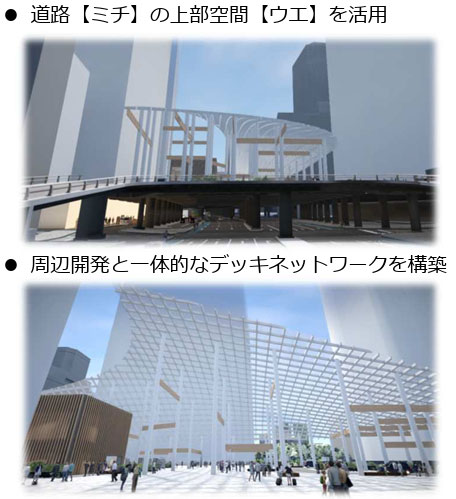
source: Design concept for the west exit plaza of Shinagawa Station on National Route 15 (summary)
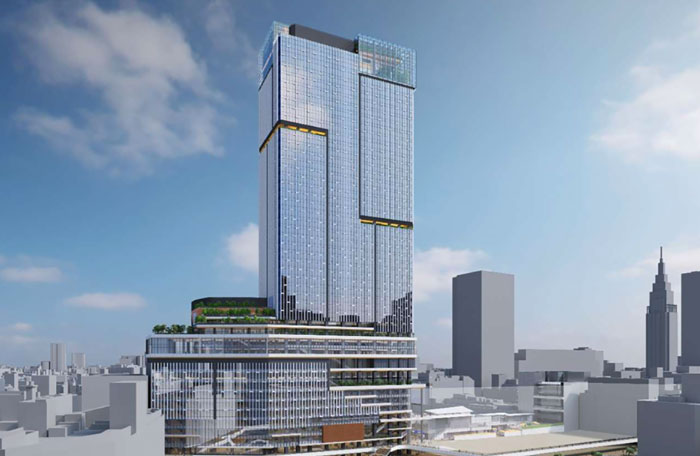
source: Tokyu Real Estate Website
In terms of TOD overseas, we have supported the Jakarta Mass Rapid Transit (MRT) North-South Line Construction Project, which aims to improve public transportation in Jakarta, the capital of Indonesia, and have drawn up a smart city development plan and drafted a project implementation plan for the Bang Sue district of Thailand, covering a total area of approximately 360 hectares. We have also begun work on formulating an urban transportation master plan for Cairo, Egypt, which is facing chronic traffic congestion and paralyzed urban functions due to the concentration of population in one area and is aiming to resolve this problem.
In China, in July 2020, our collaborative proposal with Nihon Sekkei and Shenzhen Huahui Design won first place in a competition for urban planning and design of the Shenzhen North Station terminal area. It was highly praised as a proposal that shows a new direction for TOD. Shenzhen North Station is located in the middle of the Guangzhou-Shenzhen-Hong Kong high-speed railway that connects Guangzhou and Hong Kong, and is expected to be the station with the largest number of users in Shenzhen. The station area, which is a mix of people traveling between cities and local residents who use the station for commuting and school, is planned to be divided into "transfer function" and "exchange function", and attempts such as cross gates that layer different traffic lines, and by connecting subway stations scattered around the area with decks and new transportation, we have proposed a new way of thinking about TOD, based on various attempts in Japan to date, such as proposing urban development that focuses on people and the community, rather than a pass-through type station area with only a transfer function.

source: Japan Design HP
PACIFIC CONSULTANTS will continue to consider various possibilities such as "TOD x Carbon Neutral," "TOD x Sustainability," and "TOD x Smart Mobility," while supporting various projects by fully utilizing the comprehensive capabilities unique to PACIFIC CONSULTANTS and the knowledge it has cultivated through TOD both in Japan and overseas.



